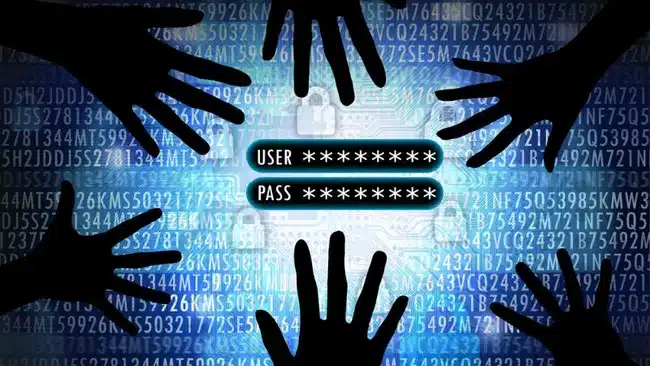The recent cyber attack on Snowflake, a major data cloud platform, has underscored significant vulnerabilities in traditional cybersecurity practices. Hackers exploited weaknesses in password-based authentication systems, highlighting the inadequacy of passwords as the sole line of defense against sophisticated cyber threats. This breach serves as a stark reminder of the urgent need for organizations and individuals alike to adopt more robust and multifaceted security measures.
Limitations of Password-Based Security
Passwords have long been the cornerstone of online security, providing a basic level of protection for user accounts and sensitive data. However, their effectiveness has dwindled in the face of evolving cyber threats such as phishing attacks, credential stuffing, and brute force attacks. Weak or reused passwords are easy targets for hackers who employ increasingly sophisticated methods to compromise systems and steal valuable information.
The Role of Multi-Factor Authentication (MFA)
In response to the shortcomings of passwords, multi-factor authentication (MFA) has emerged as a critical security measure. MFA adds an additional layer of protection by requiring users to verify their identity through multiple factors, such as biometric scans, one-time passwords (OTPs), or hardware tokens. This approach significantly reduces the risk of unauthorized access, even if passwords are compromised.
Beyond Passwords: Adaptive and Behavioral Biometrics
To further strengthen security postures, organizations are increasingly turning to adaptive and behavioral biometrics. These technologies analyze user behavior patterns and biometric data to continuously authenticate users throughout their sessions. By monitoring keystrokes, mouse movements, and other behavioral cues, adaptive biometrics can detect anomalies indicative of unauthorized access attempts, thwarting potential breaches before they occur.
Zero Trust Security Framework
The concept of Zero Trust has gained traction as a proactive cybersecurity strategy in the wake of high-profile breaches like Snowflake. Zero Trust assumes that threats could originate from within and outside the network perimeter, requiring continuous verification of every user and device attempting to access resources. This model emphasizes strict access controls, encryption, and continuous monitoring to mitigate risks and prevent unauthorized data access.
Educating and Empowering Users

Effective cybersecurity extends beyond technological solutions; it also hinges on user awareness and behavior. Organizations must prioritize cybersecurity education and training to empower users with the knowledge and skills needed to recognize and respond to potential threats. Teaching employees about phishing scams, password hygiene, and the importance of vigilant security practices fosters a culture of security awareness and resilience.
Collaborative Efforts and Regulatory Compliance
Addressing cybersecurity challenges requires collaboration among industry stakeholders, government agencies, and regulatory bodies. By sharing threat intelligence, best practices, and compliance requirements, organizations can collectively strengthen defenses and mitigate vulnerabilities. Regulatory frameworks such as GDPR and CCPA also mandate stringent data protection measures, holding organizations accountable for safeguarding sensitive information.
Evolving Threats Demand Adaptive Security Measures
The Snowflake breach serves as a critical reminder that cybersecurity is an ongoing battle against increasingly sophisticated adversaries. Relying solely on passwords is no longer sufficient to protect sensitive data and digital assets. Instead, organizations must embrace a holistic approach to cybersecurity that combines advanced authentication methods, continuous monitoring, user education, and regulatory compliance. By adopting adaptive security measures and fostering a culture of vigilance, businesses can enhance resilience and safeguard against emerging cyber threats in an interconnected world.
















